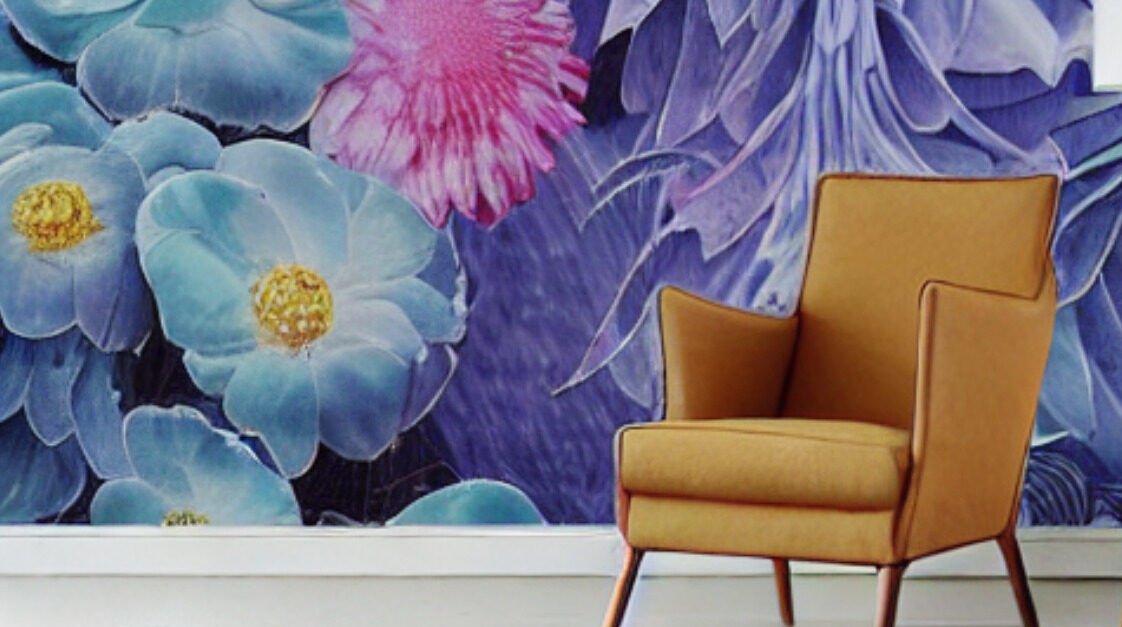Wallpaper murals can add a unique touch to a room, but they can also come with a set of problems that can make the installation process difficult. Here are some of the common issues that a person might face when working with wallpaper murals at home:
- Size and Scale: Measuring the wall accurately is crucial when ordering a wallpaper mural. If the mural is too small, there will be gaps between the panels, and if it’s too big, it won’t fit on the wall. It is important to take into account the height and width of the wall, as well as any architectural features, such as doors, windows, and moldings, that might affect the size of the mural.
- Surface Preparation: The surface to which the wallpaper mural will be applied must be clean, dry, and free of any imperfections. Any cracks, holes, or bumps must be repaired and sanded down before starting the installation process. This will ensure a smooth and even surface for the mural to adhere to.
- Wallpaper Material: Different types of wallpaper materials have different installation processes and requirements. For example, some wallpaper materials are designed for temporary use, while others are intended for long-term use. It’s important to choose the right type of wallpaper material for the specific wall and room.
- Adhesive: The adhesive used to apply the wallpaper mural must be suitable for the type of wallpaper material being used. The wrong adhesive can cause the wallpaper to peel, curl, or wrinkle. A professional wallpaper installer should be able to recommend the right adhesive for your particular situation.
- Alignment: Wallpaper murals are often made up of several panels, and it’s crucial to align these panels correctly to ensure a seamless and continuous design. Any misalignment between panels can be noticeable and detract from the overall appearance of the mural.
- Difficulty in Removal: Removing wallpaper murals can be a challenging task, especially if the wrong adhesive was used or the wall wasn’t properly prepared. Removing the wallpaper can also damage the wall, making it necessary to repair the surface before applying a new design.
In conclusion, working with wallpaper murals at home can be a great way to add a personal touch to a room, but it’s important to be aware of the potential problems that can arise. By taking the time to properly prepare the surface, choose the right material and adhesive, and follow the installation instructions carefully, a person can minimize the risk of encountering these problems and enjoy a beautiful and long-lasting mural.

